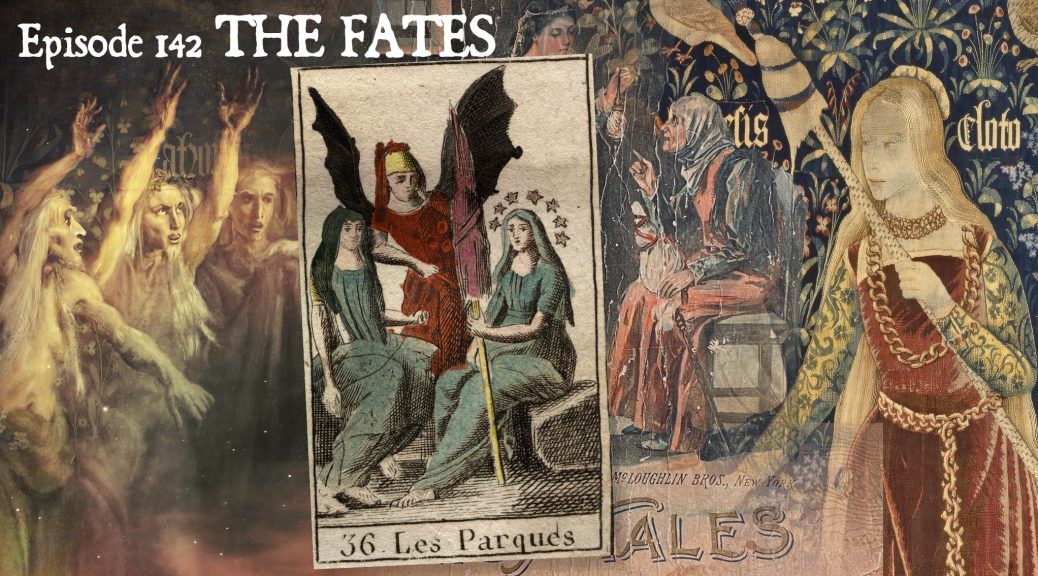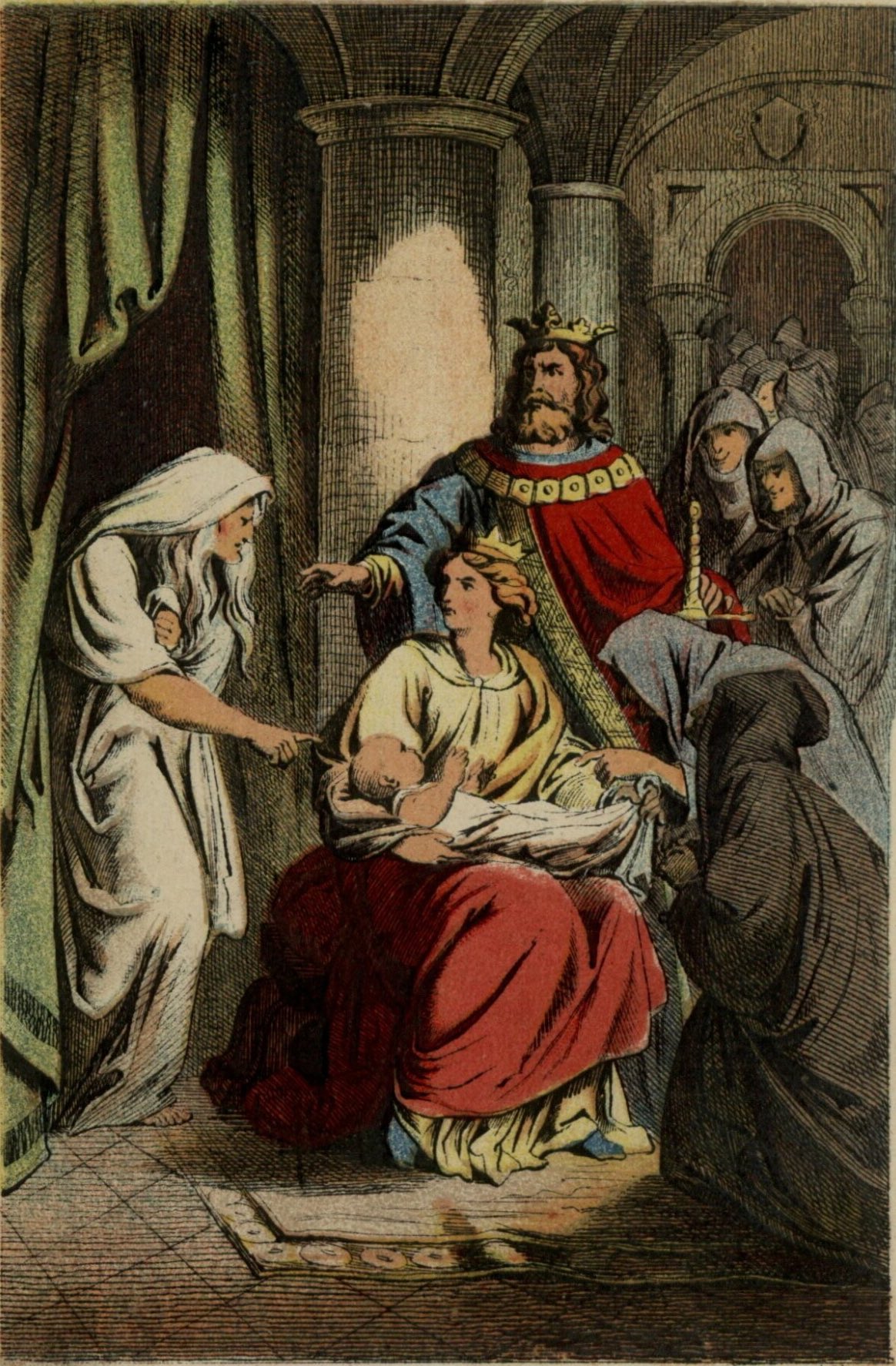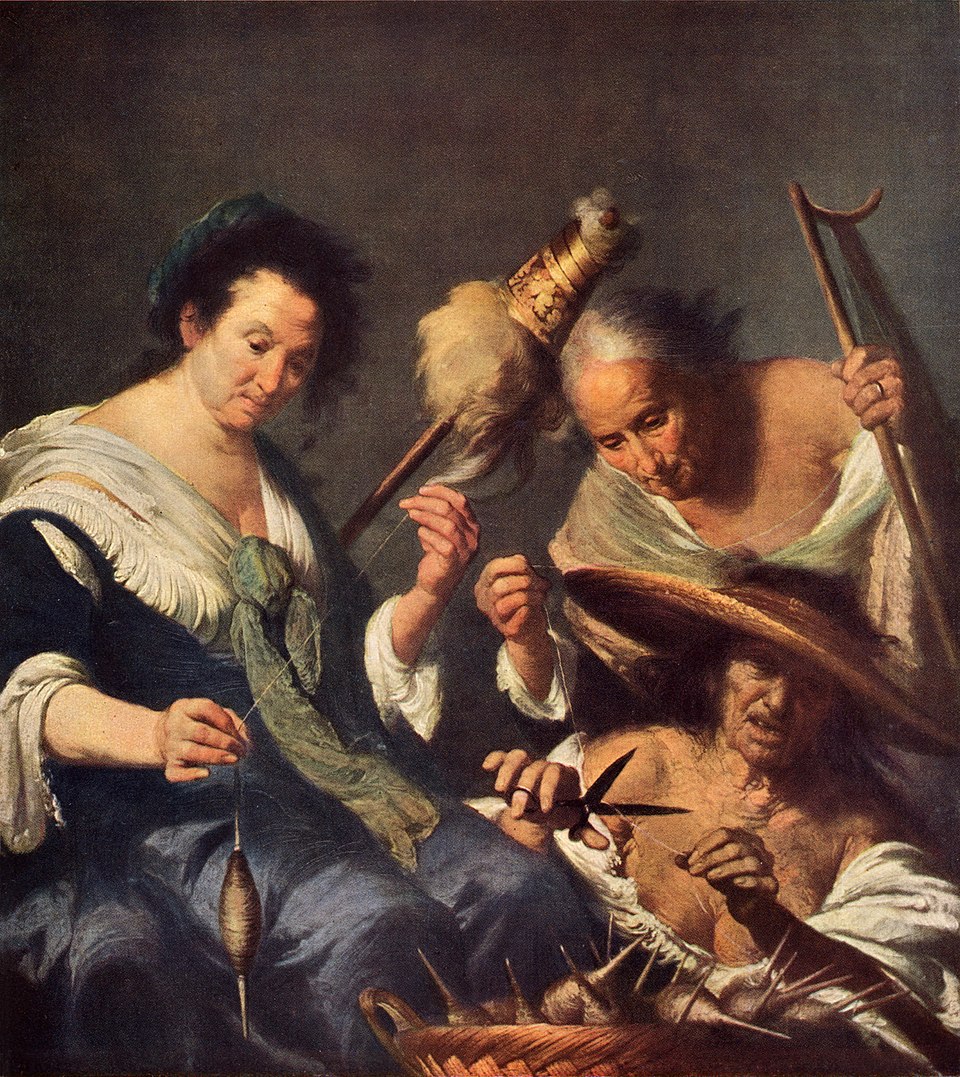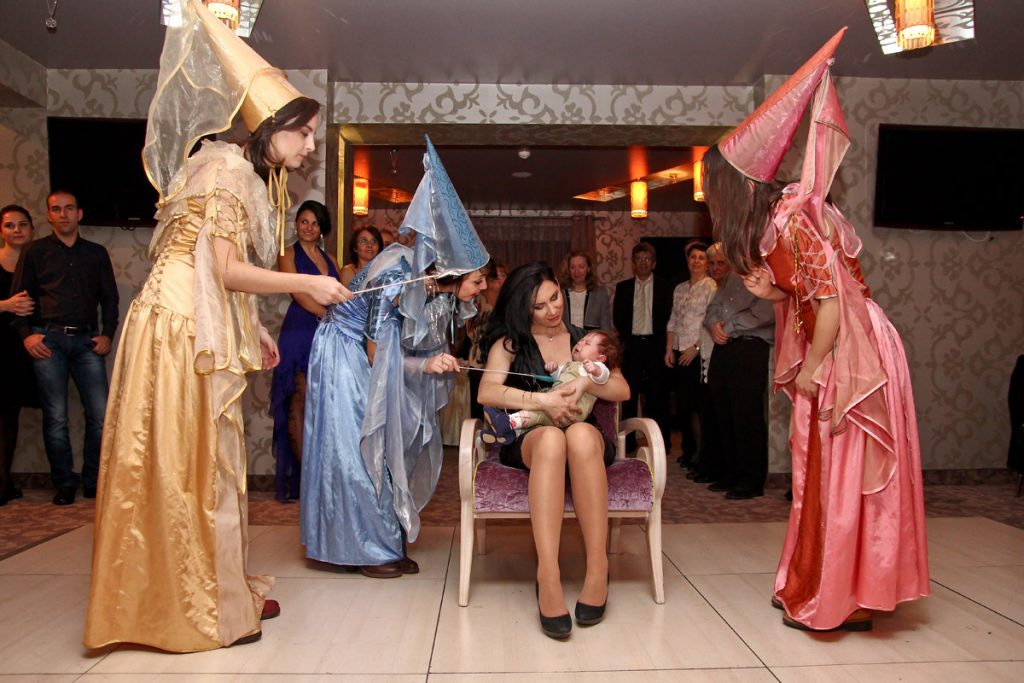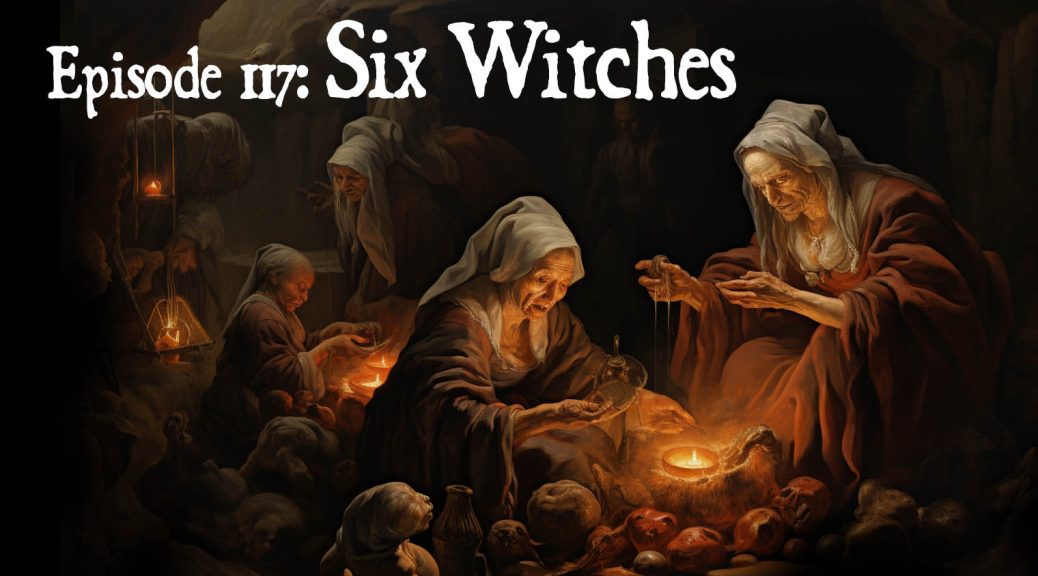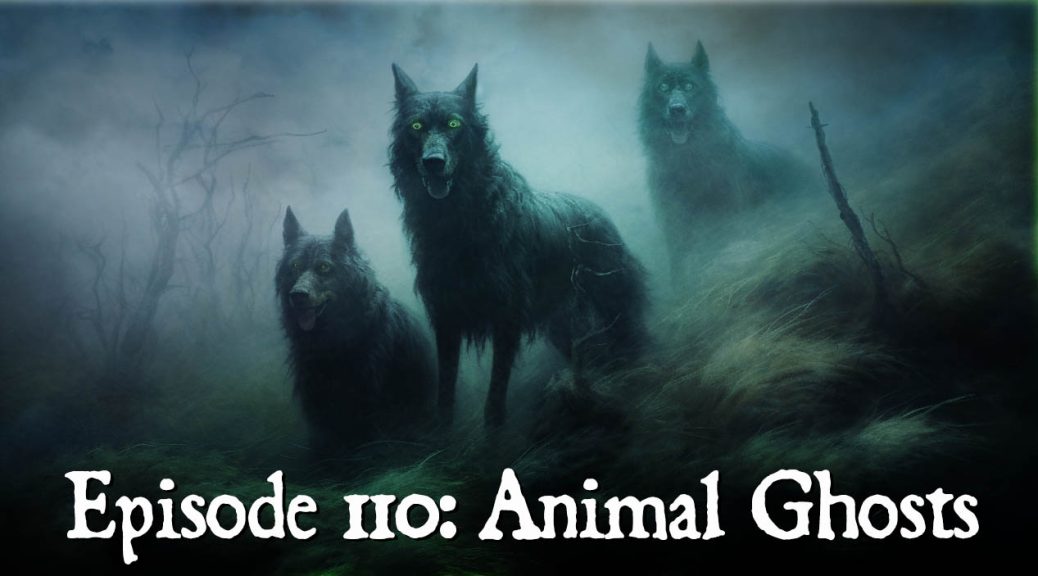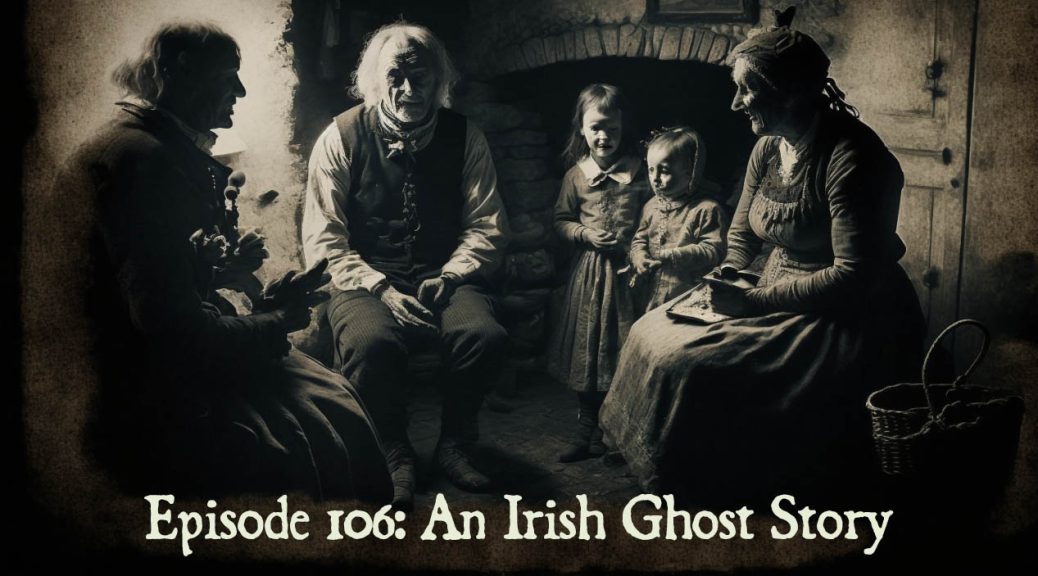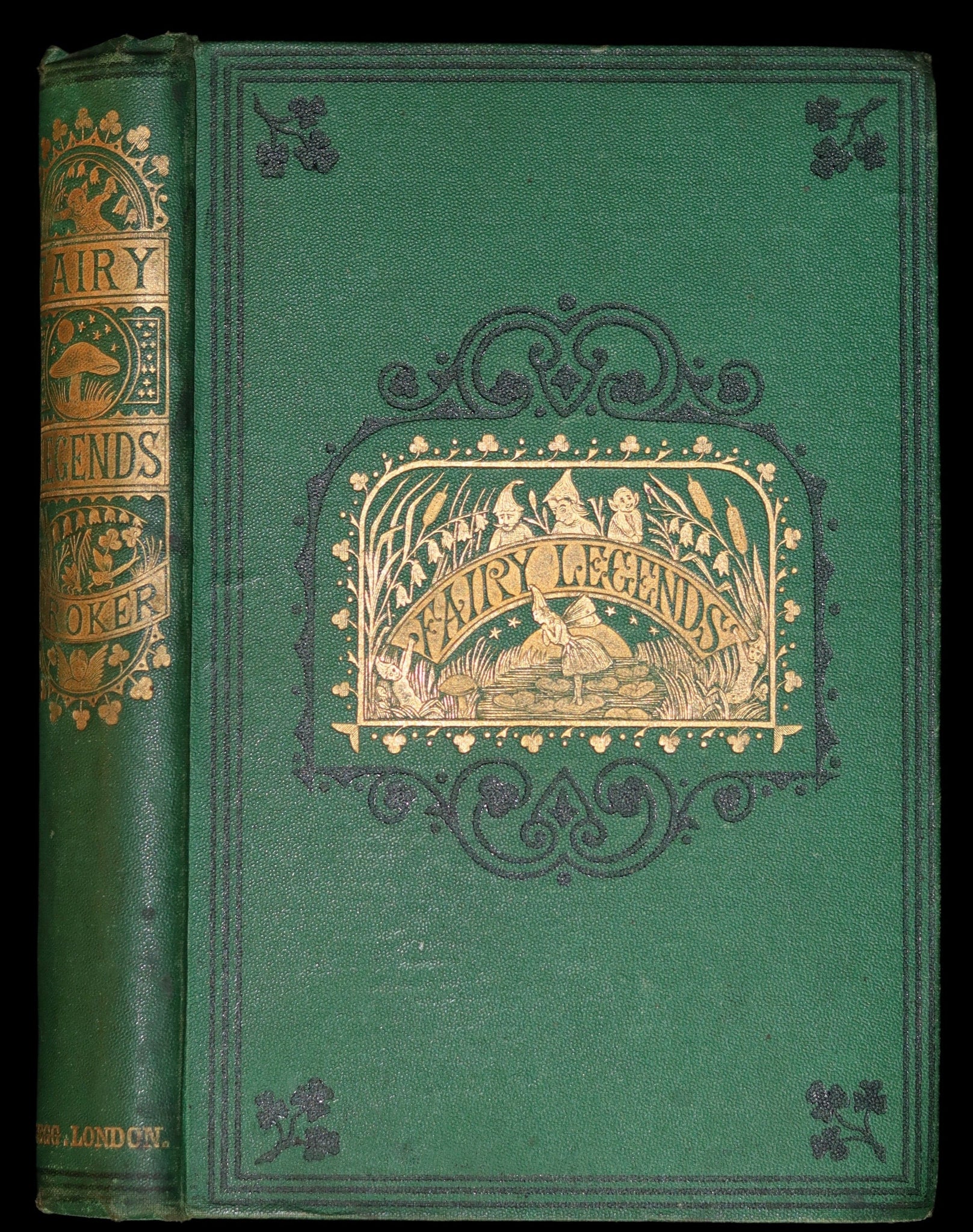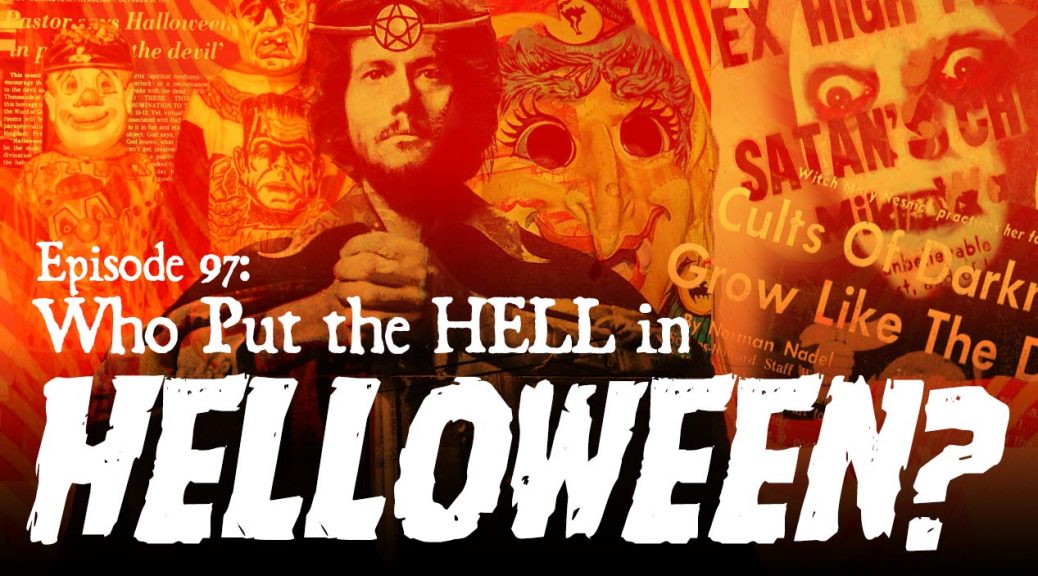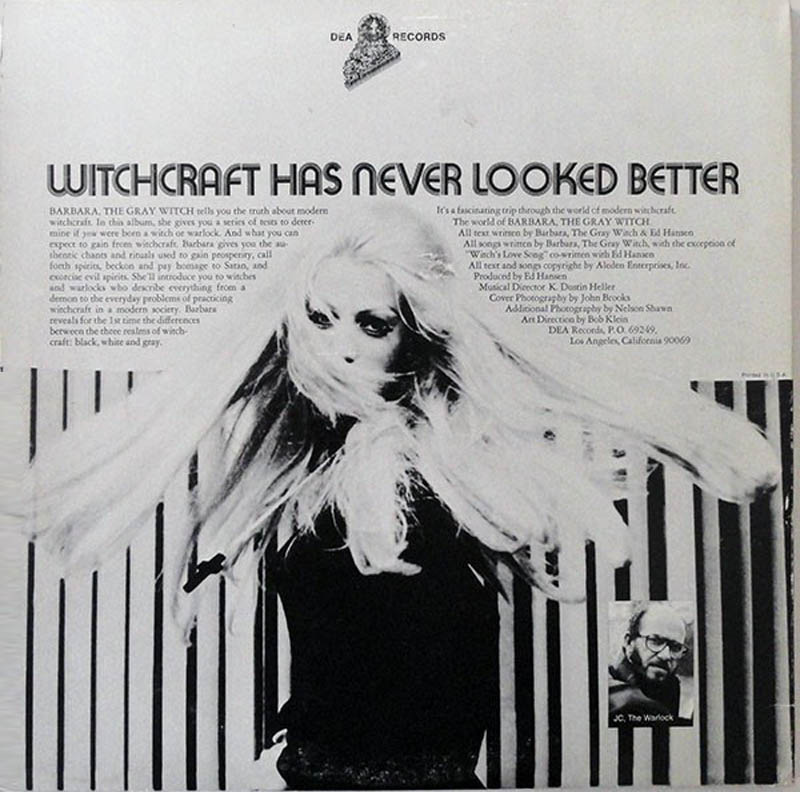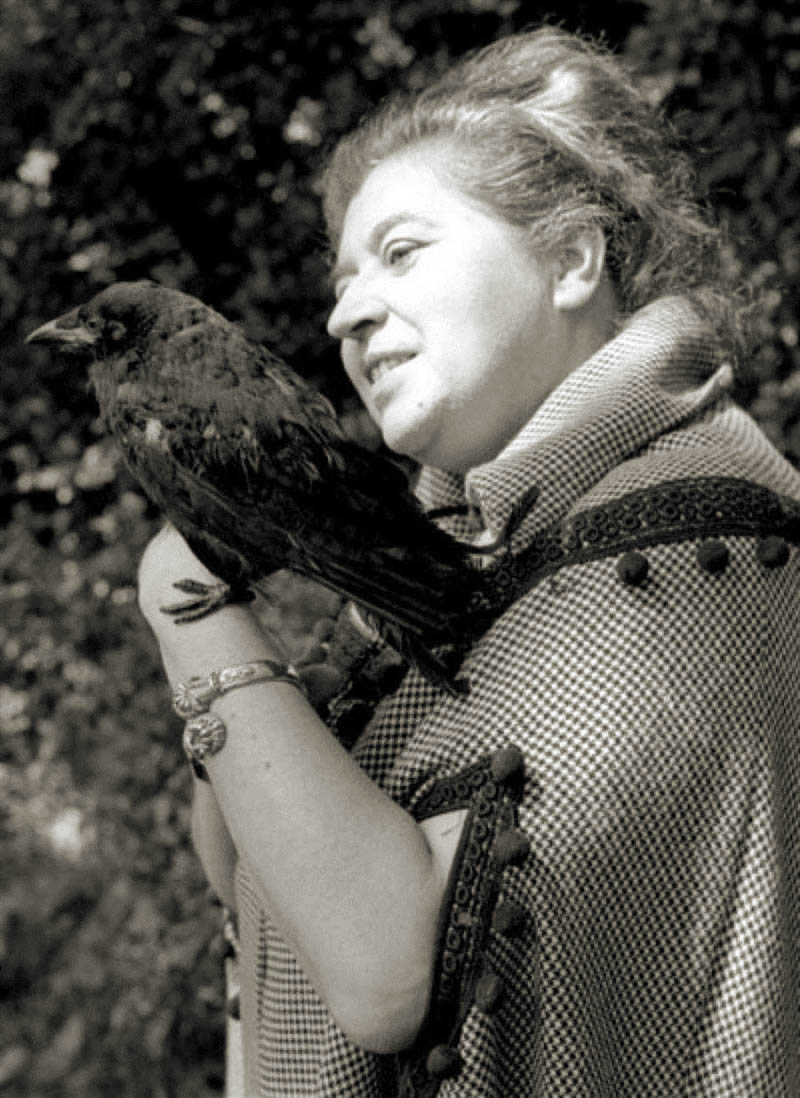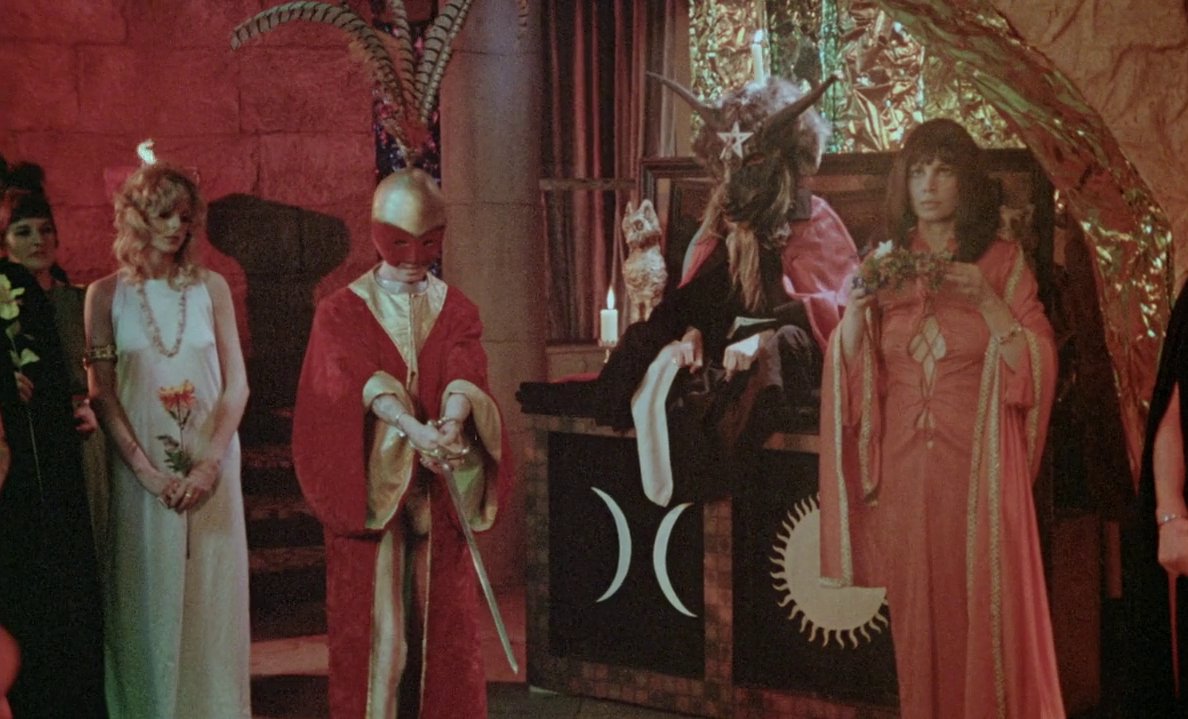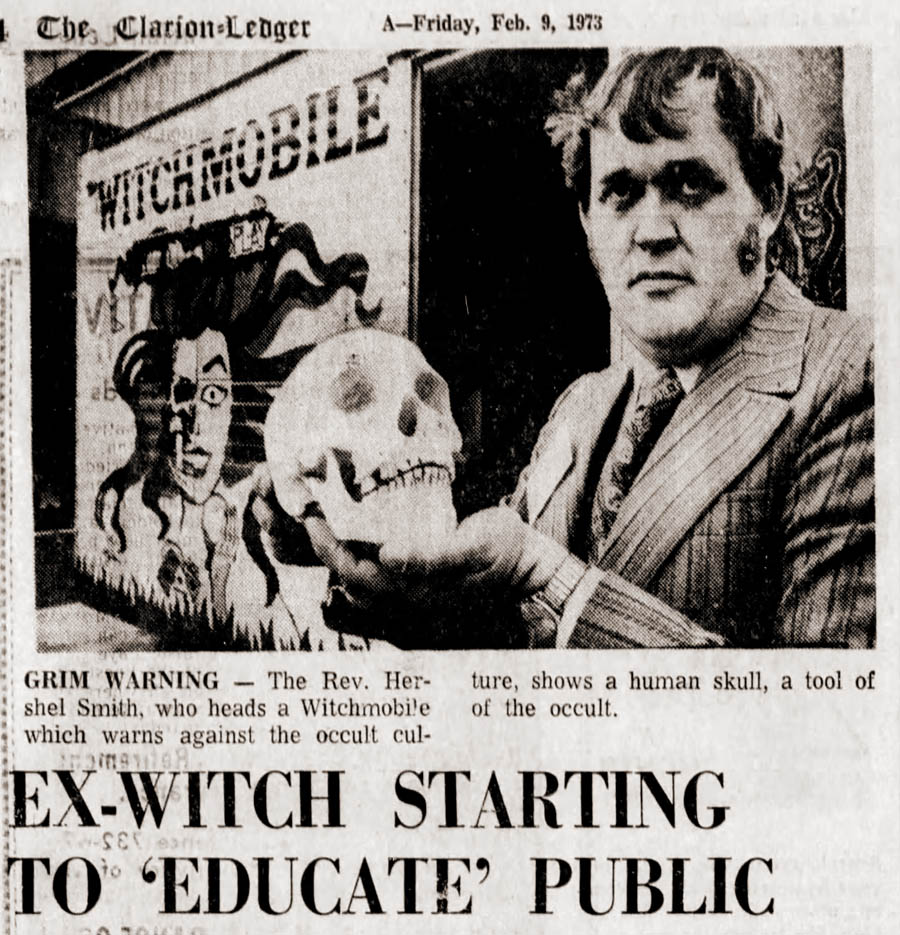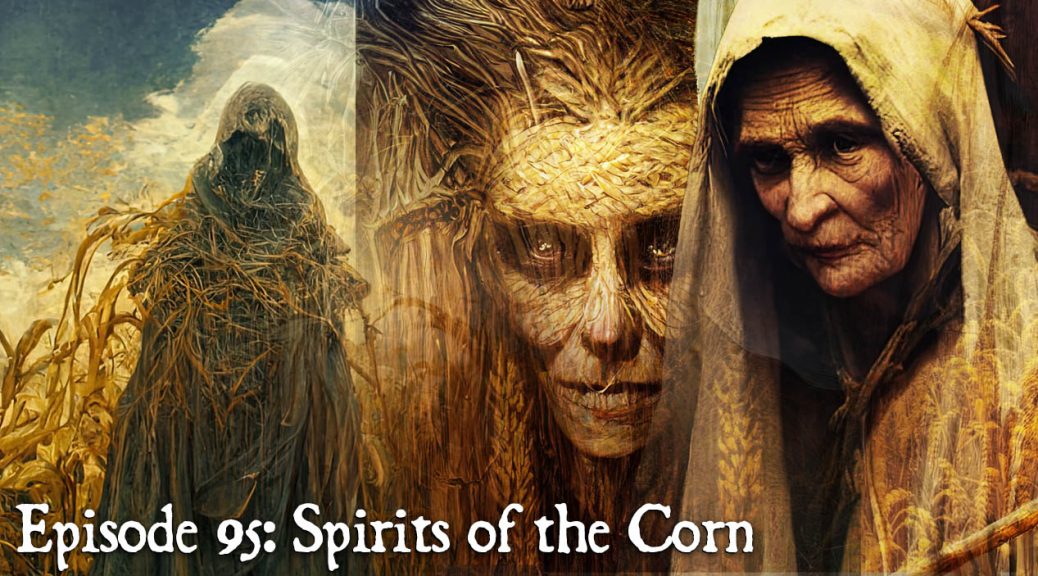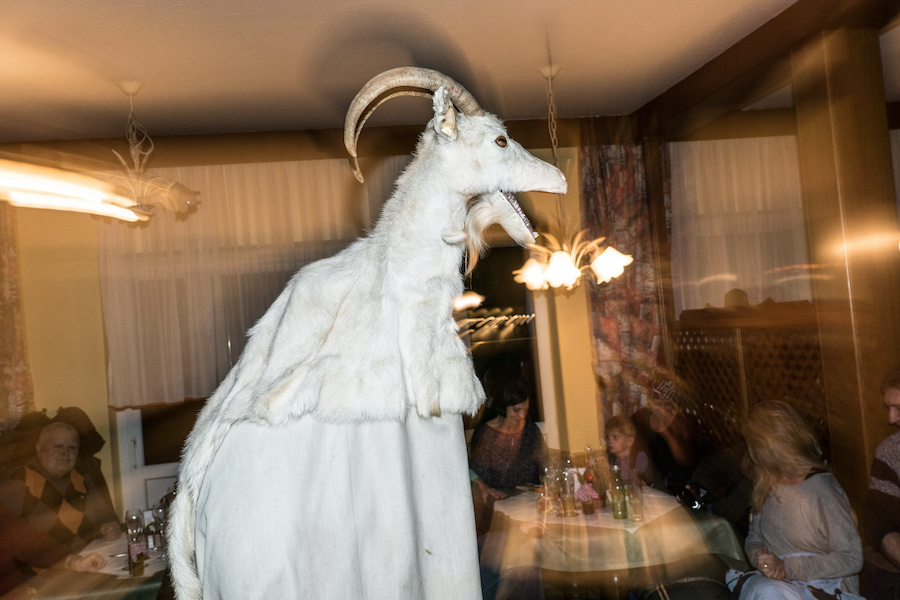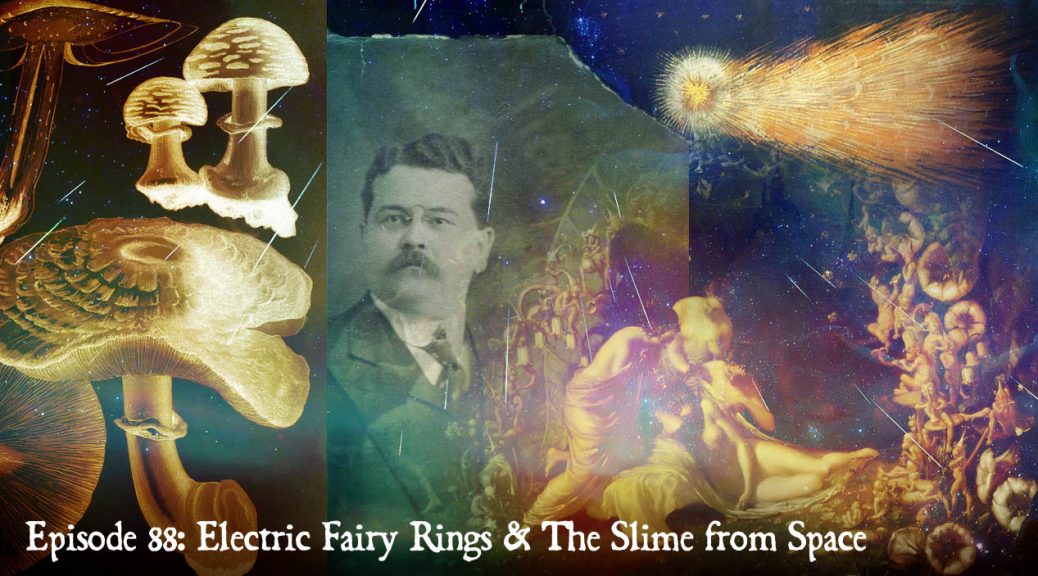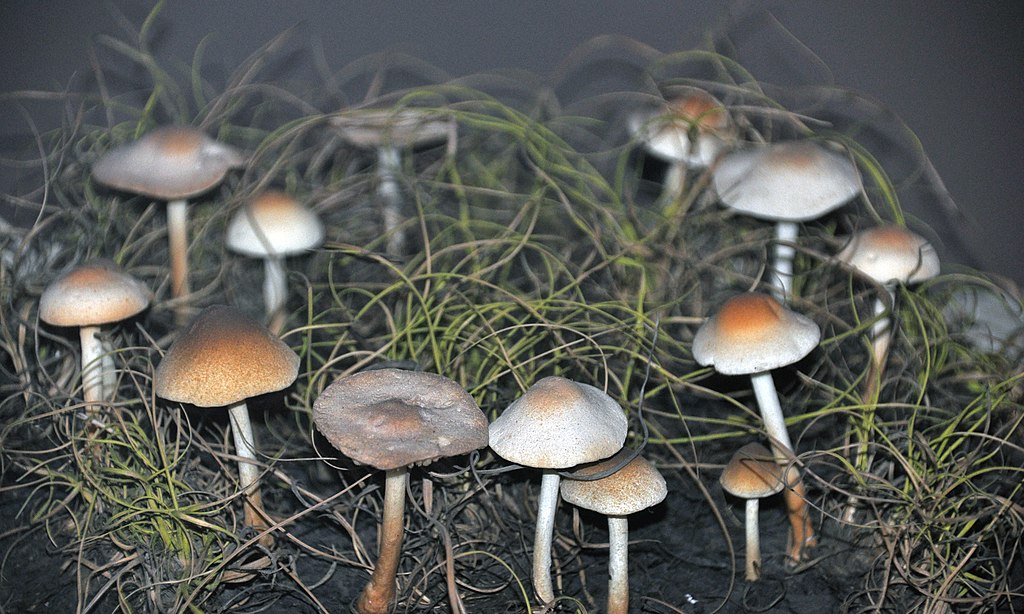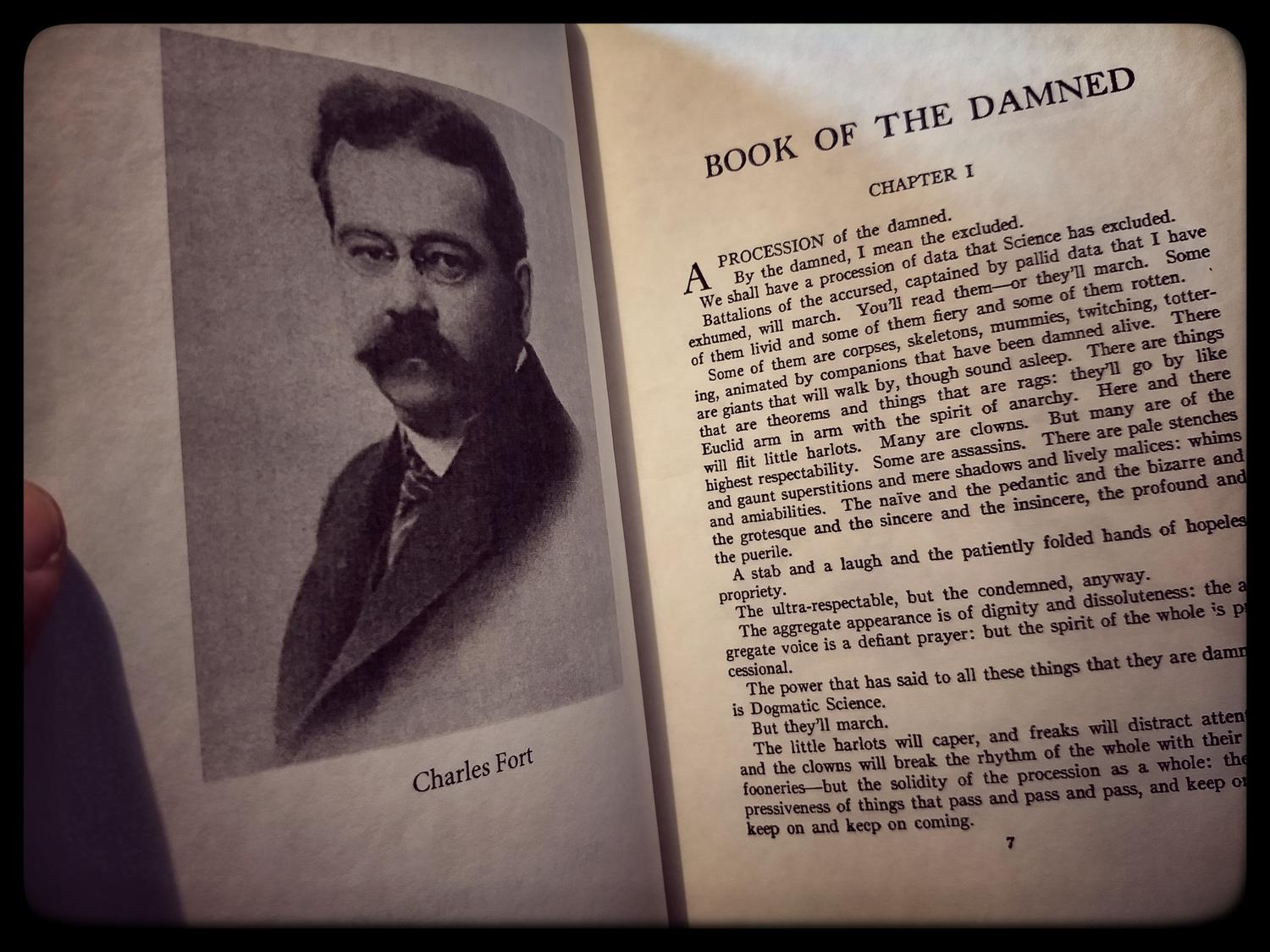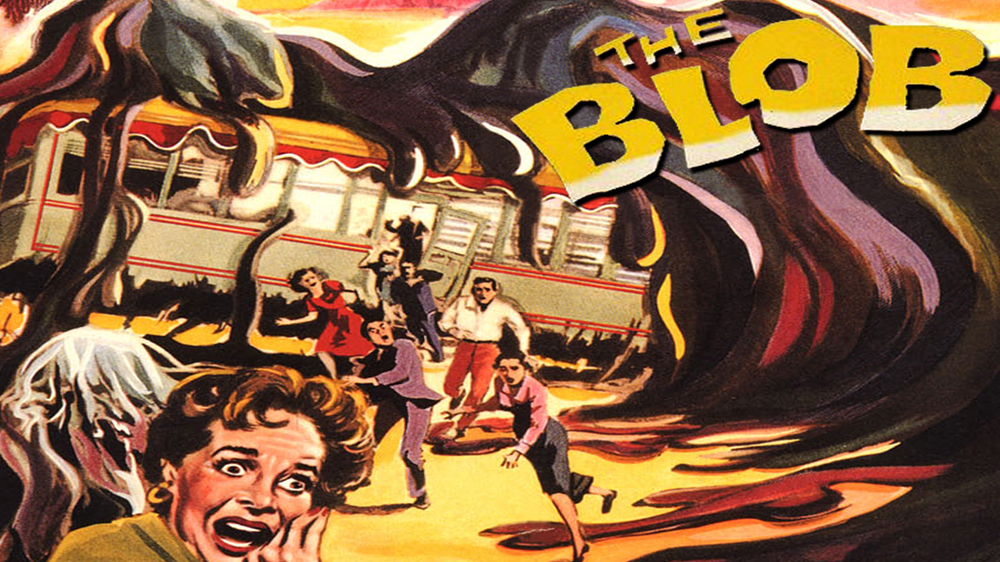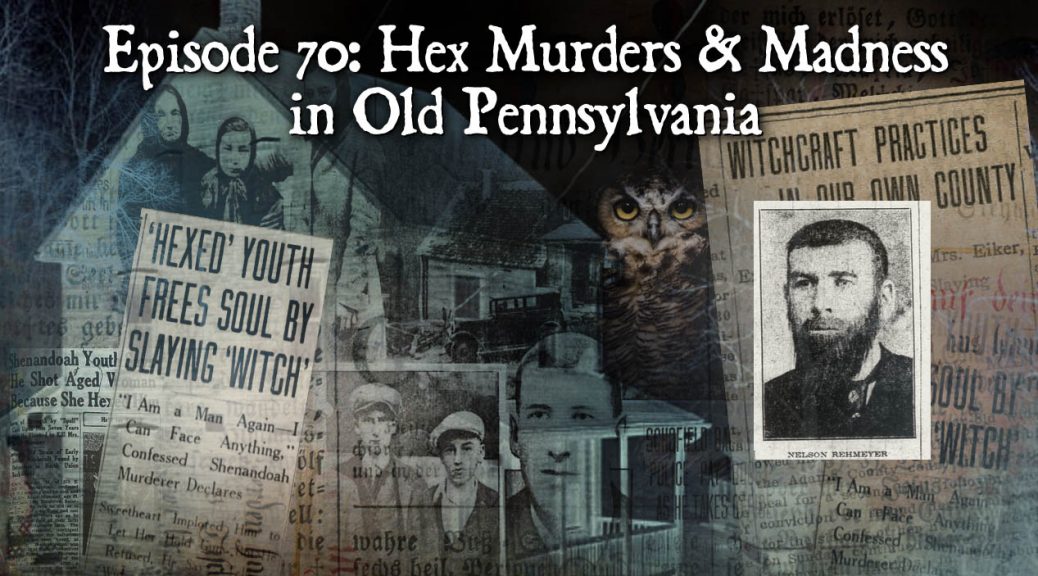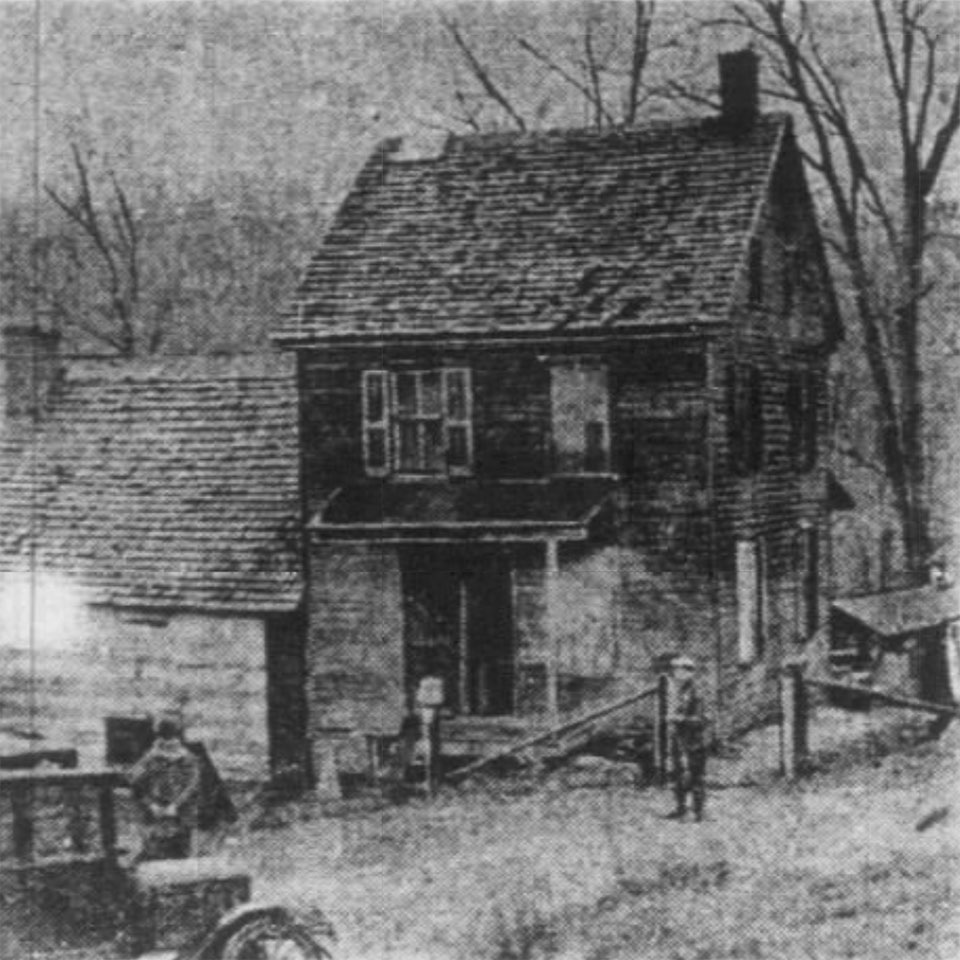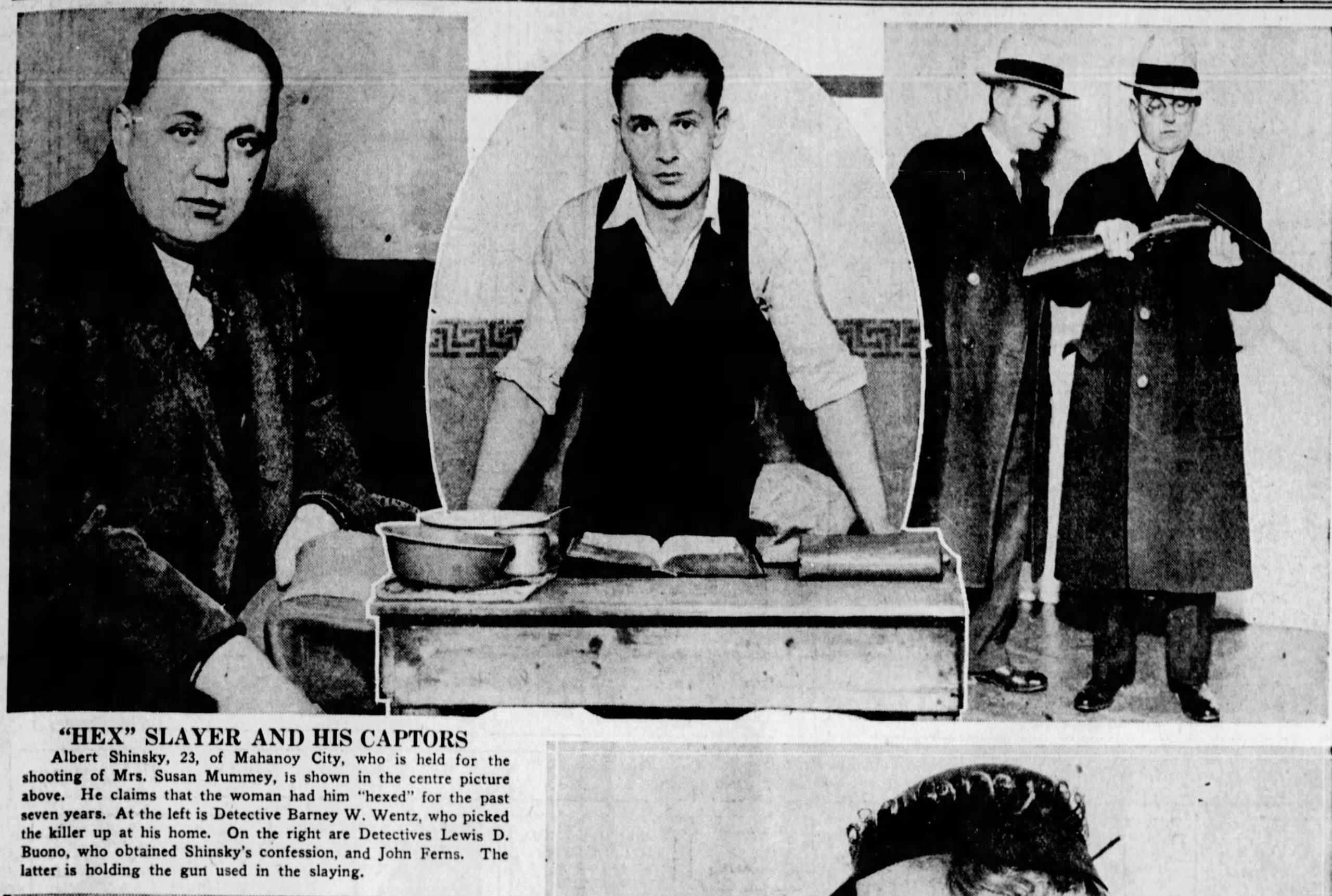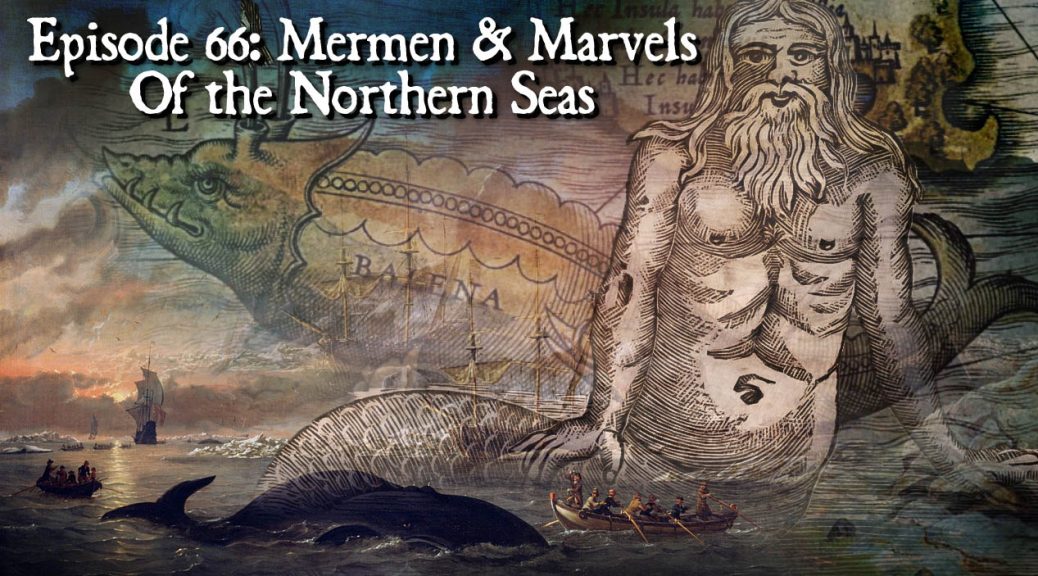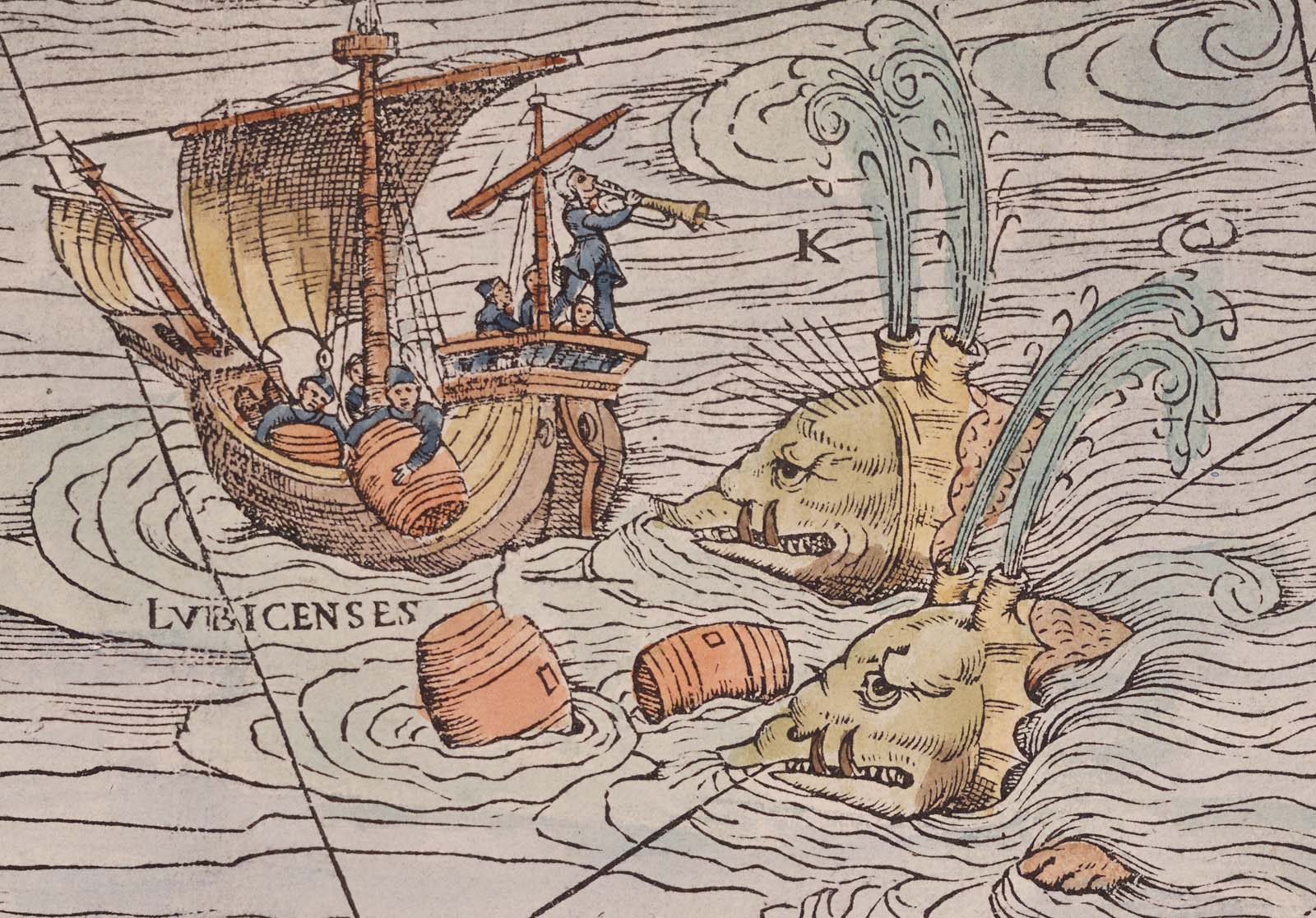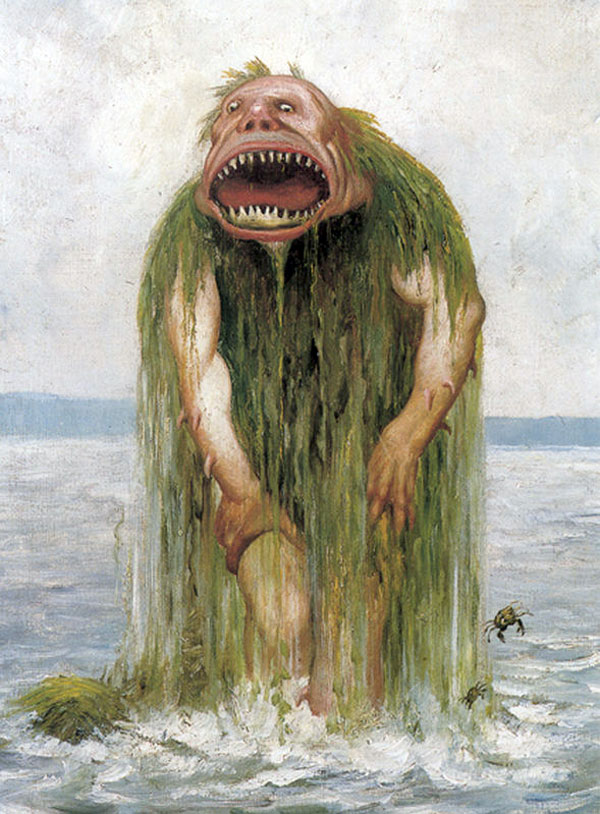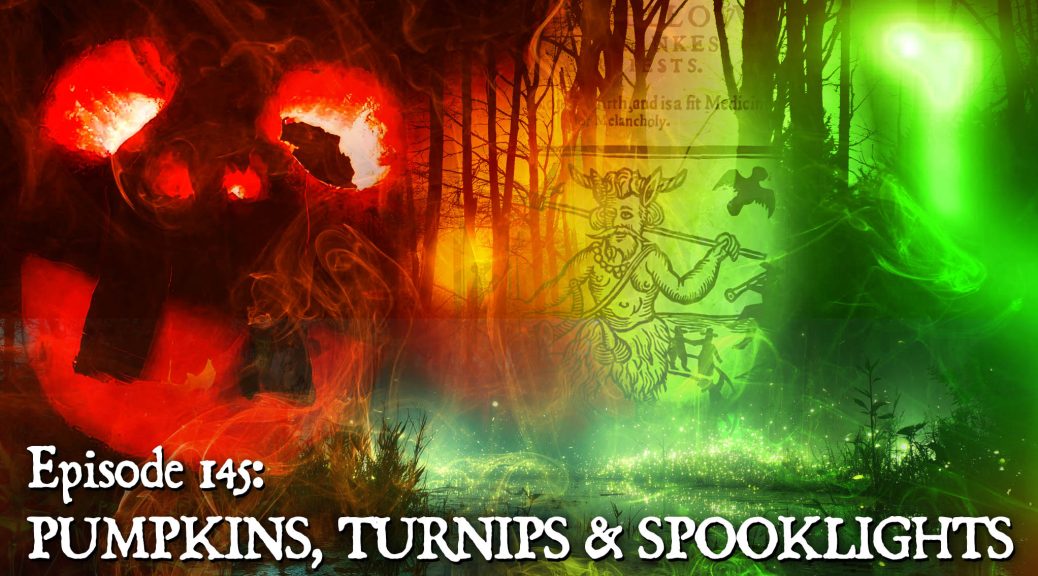
Pumpkins, Turnips, and Spooklights
Podcast: Play in new window | Download (Duration: 51:36 — 59.0MB)
Subscribe: Apple Podcasts | Spotify | Android | Podchaser | RSS | More
The Halloween Jack-o’-lantern, made from pumpkins in the US and originally turnips in the UK, began its existence as a wisp of glowing marsh gas or “spooklight.” We begin our episode with a montage of modern American spooklights including that of Oklahoma’s “Spooklight Road,” North Carolina’s Brown Mountain, and the flying saucers sighted in Michigan in 1966, famously identified by investigator Allen Hynek as “swamp gas.”
“Jack-o’-lantern” was just another name given to what’s more widely known now as a Will-o’-the-wisp — a wavering, bobbing light seen in marshy places, understood as mischievous spirit intent on leading travelers off course and into their doom in muck and mire. Flaming methane produced by rotting vegetation in such environments, is said to the the cause of the phenomenon, though the mode of ignition is still largely a matter of debate. The Latin name for such lights, ignis fatuus (fool’s fire), was also applied to phenomena having nothing to do with swamps, as it’s been used interchangeably with “St. Elmo’s Fire” to describe electrical discharges seen on ships; masts and other rodlike protrusions when atmospheric conditions are right. We hear a dramatic first-person account from 1847, in which St. Elmo’s Fire (identified by antiquarian Henry Duncan as ignis fatuus) appears on a coachman’s whip during a storm.
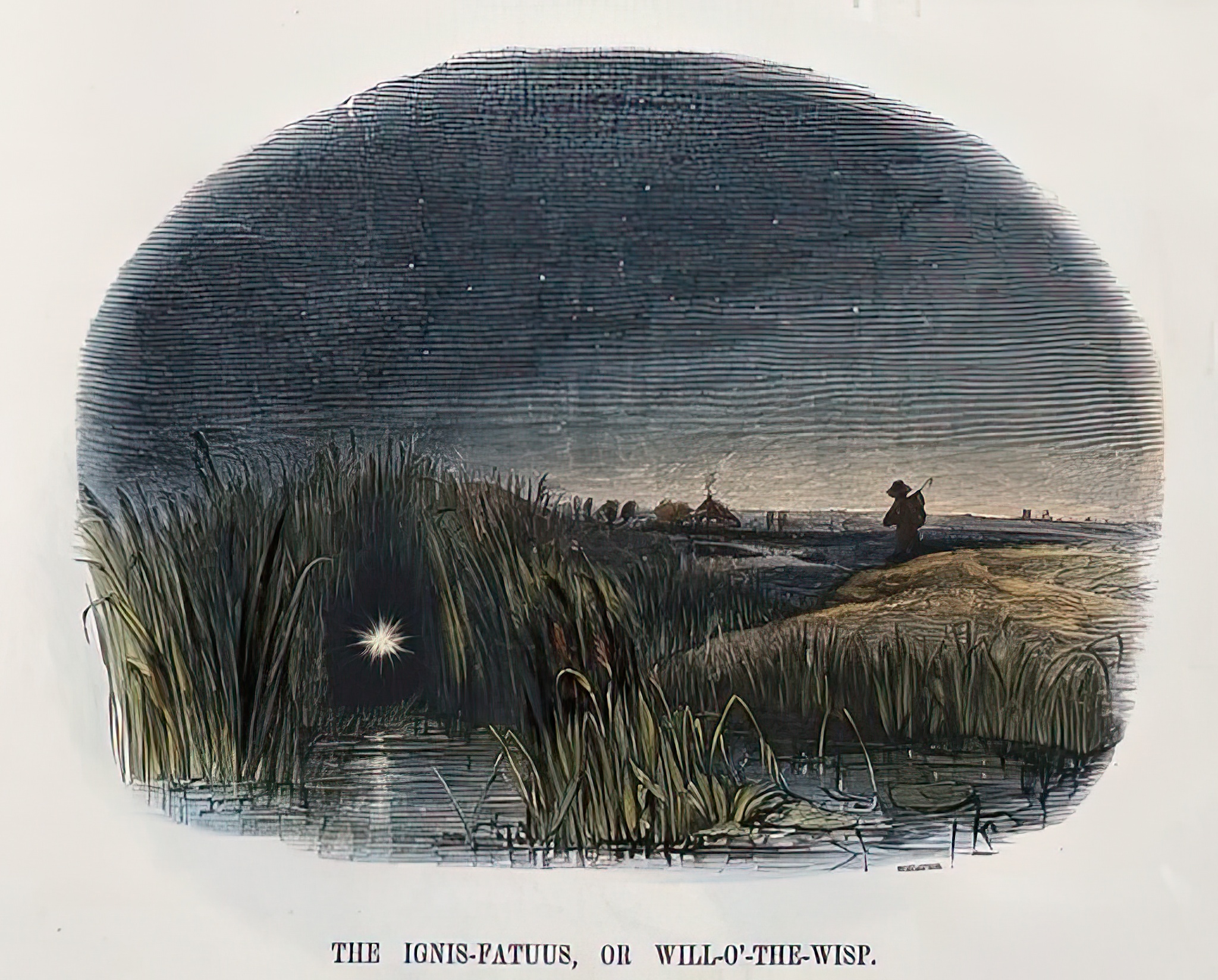
We then hear what scientists of the 16th and 17th century made of ignis fatuus, often relating it unexpectedly to meteors or luminous insects, while mocking “the superstitions” who imagined it as wandering spirits alight with the flames of Purgatory.
Along with marsh spirits exlusively dedicated to misleading travelers, ignis fatuus could also be a temporary form taken by shapeshifting fairy folk like Puck or Robin Goodfellow. We hear an example of this from the 1628 pamphlet, Robin Goodfellow, his Mad Pranks and Merry Jests. We also see the term appearing in literature of the 16th and 17th century as a metaphor for treachery or deception, in works by John Milton and William Shakespeare.
We run through the variety of colorful regional names by which Will-o-the-Wisps were known: Bob-a-longs, Pinkets, Spunkies, Merry Dancers, Nimble men, Hinkypunks, and Flibberdigibbets, as well as some female variants including Peg-a-lantern and Kitty with the Candlestick. In Wales, these mysterious lights could be omens of death, also known as “corpse candles,” or “death lights.” Appearing around the home of the dying or at the deathbed, they were also called “fetch lights,” as they would arrive when required to fetch the soul to the other side. In Cornwall, fool’s fire is associated with the piskies, in particular Joan the Wad and her partner Jack-o’-the-Lantern, the former having acquired a mostly positive reputation in the 20th century as a luck-bringer. Mrs. Karswell also reads some tales of ignis fatuus in the western counties, where the lights are called “hobby lanterns” (from hobgoblin) or “lantern men.”
We then shift gears to discuss the pumpkin form of Jack-o’-lantern, beginning with a well-circulated Irish origin story. A quick summary: the light carried in a hollowed vegetable (a pumpkin in the New World or turnip in the Old) represents the spirit of a notorious sinner, “Jack,” or “Stingy Jack,” who upon death finds he is too wicked for Heaven and too troublesome for Hell. Consquently, he is condemned to wander the earth till Judgement Day, given the peculiar lantern to light his way.
This, at least, is the most recent version of the tale, but when it first appeared in print, in a 1936 edition of the Dublin Penny Journal, there’s no mention of any hollowed vegetable, much less of Halloween — meaning this “ancient legend” actually evolved as Halloween folklore in the second half of the 20th century.
We then do a bit more myth-busting on the other side of the Atlantic, checking in on Washington Irving’s Legend of Sleepy Hollow, which also turns out not to mention Halloween, nor a carved pumpkin representing the Horseman’s head. When hollowed pumpkins first are mentioned by the 1840s, they are associated with Thanksgiving rather than Halloween, as in John Greenleaf Whittier’s 1947 poem, “The Pumpkin.” The next appearance of a Jack-o’-lantern, in an 1860 edition of a Wisconsin newspaper, is also not associated with Halloween but with an impromptu parade supporting Abraham Lincoln’s presidential run. It seems that it was only by the end of the 19th century that the hollowed, lighted pumpkin was linked with Halloween, while retaining associations with Thanksgiving into the early 1900s.
In the UK, hollowed and lighted turnips (occasionally beets or rutabagas) seem to have been around since the early 1800s. Originally, they’re not necessarily associated with Halloween specifically but as something created by mischievous boys eager to scare their neighbors whenever the vegetables became available for such hijinks. A Scottish source, John Jamieson’s An Etymological Dictionary of the Scottish Language 1808), is the first to link them to Halloween pranks, and by the 1890s, we hear of lighted turnips being carried by costumed children (“guisers”) celebrating Halloween in Scotland.

We then discuss the Jack-o’-lantern’s British evolution, namely, the replacement of the turnip with the American pumpkin, beginning with their importation in the 1950s. The process was slow, with both carved turnips and pumpkins used side-by-side in some regions, and the use of carved turnips longer retained in some regions. Of particular interest here is the Isle of Man, where the Halloween celebration of Hop-tu-naa makes exclusive use of turnip lanterns in costumed door-to-door rounds during which children sing a largely nonsensical song punctuated by the rhyming syllables “Hop-tu-naa.” An audio snippet of the song is provided courtesy of the Manx organzation Culture Vannin (https://culturevannin.im/).
We wrap up with some speculations regarding the disappearance of the Will-o-the-Wisp and its evolution through different forms, including the glowing swamp gas theorized to have inspired the 1966 Michigan saucer sightings (and our closing song by Lewis Ashmore and the Space Walkers!)
